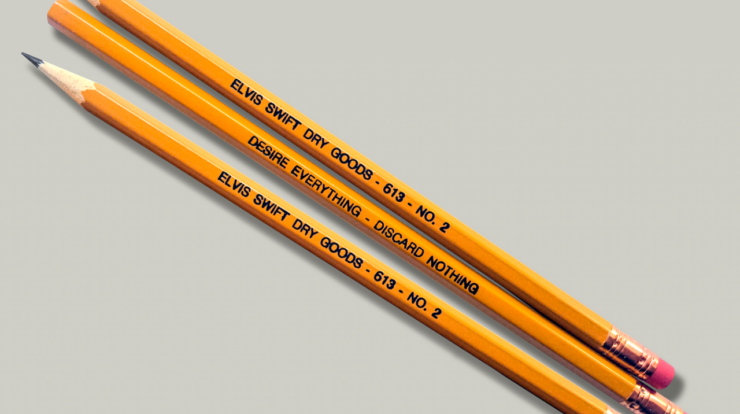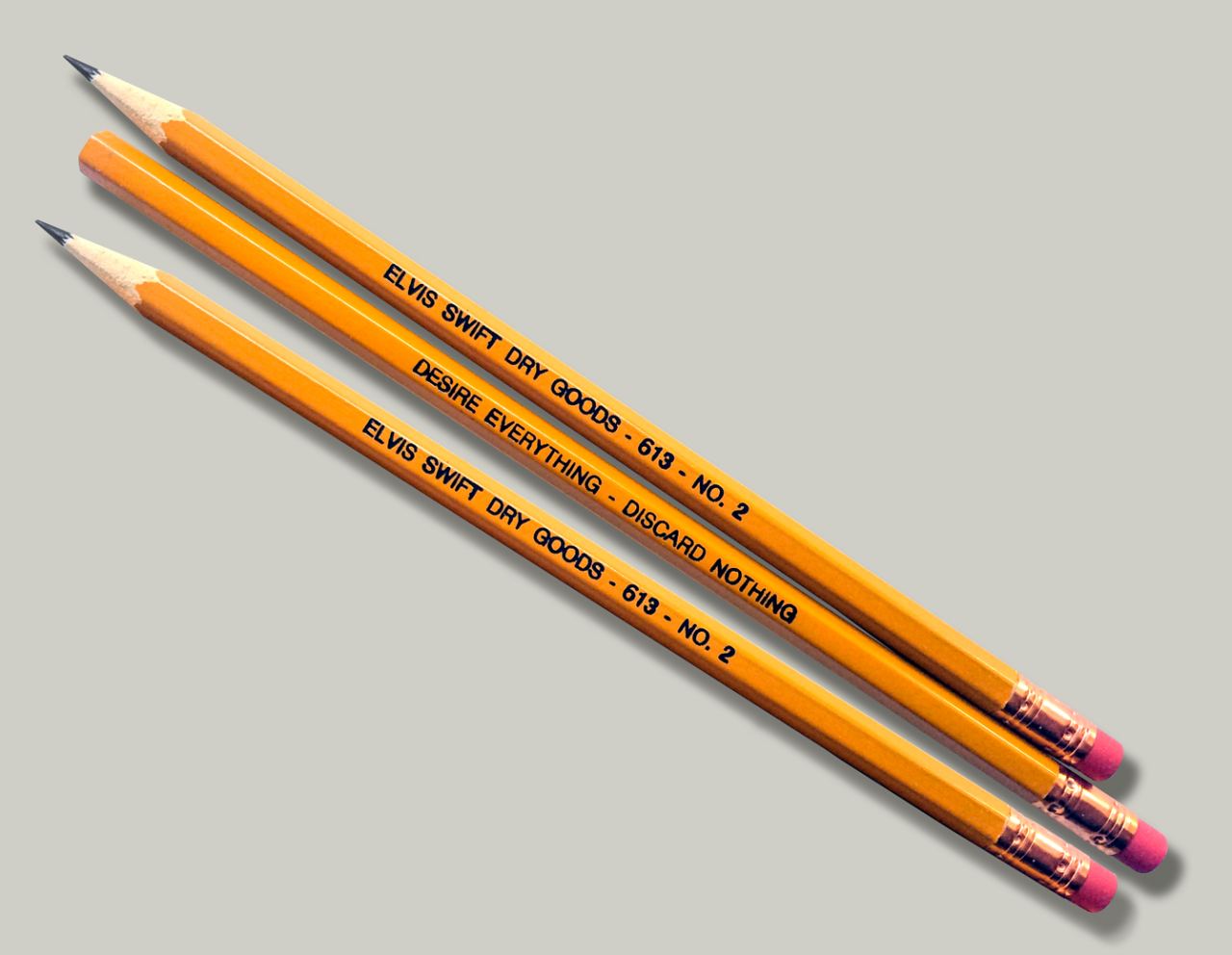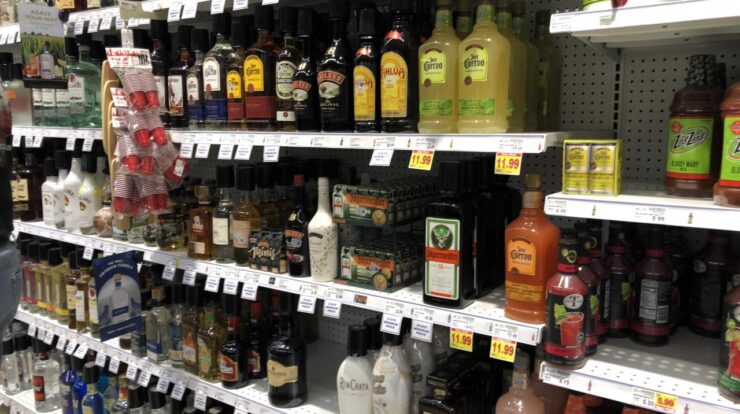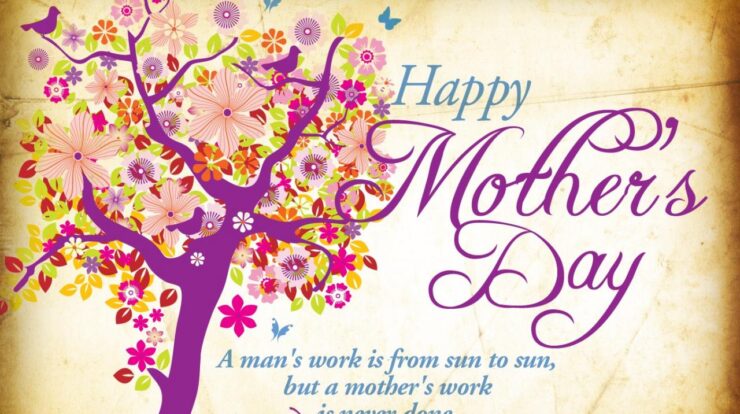
Pencil meaning – Embark on a journey into the fascinating world of pencils, where the seemingly ordinary reveals a rich history, diverse applications, and profound cultural significance.
From their humble beginnings to their indispensable role in art, writing, and beyond, pencils have left an indelible mark on human expression and creativity.
Pencil Meaning

Pencils are ubiquitous writing implements that have played a pivotal role in human history. From their humble origins to their diverse modern applications, pencils have evolved into an indispensable tool for artists, writers, and professionals alike.
Etymology and History
The term “pencil” derives from the Latin word “penicillus,” meaning “little tail.” This refers to the animal hair brushes used by ancient Romans to apply ink. Over time, the term came to be associated with the graphite sticks used for writing, which were initially encased in wood or bone.
Types of Pencils
- Graphite Pencils:Made from a mixture of graphite and clay, these are the most common type of pencil, available in varying degrees of hardness.
- Charcoal Pencils:Composed of compressed charcoal, these pencils create bold, expressive strokes often used in art.
- Colored Pencils:Contain pigments and wax, allowing for vibrant and detailed drawings.
Pencil Manufacturing
Pencil manufacturing involves several steps:
- Mixing:Graphite and clay are mixed in specific proportions to create the pencil core.
- Extrusion:The mixture is extruded into thin rods and cut into desired lengths.
- Encasing:The cores are encased in wooden or plastic barrels.
- Finishing:Pencils are painted, branded, and sharpened for use.
Pencil Uses
- Writing:Pencils are widely used for writing, note-taking, and journaling.
- Art:Graphite and colored pencils are essential tools for artists, allowing for a range of techniques and expressions.
- Technical Drawing:Pencils are used for precise drawings in engineering, architecture, and other technical fields.
Cultural Significance
Pencils hold significant cultural value:
- Education:They are the primary writing tool for students worldwide.
- Art:Pencils have inspired countless masterpieces and artistic movements.
- Everyday Life:Pencils are ubiquitous tools for a wide range of purposes, from jotting down grocery lists to solving crossword puzzles.
Pencil Metaphors and Idioms
- “Back to the drawing board”:To start over or revise a plan.
- “Sharp as a pencil”:Exceptionally intelligent or alert.
- “Pencil-necked”:Weak or timid.
Pencil Art
Pencils are a versatile medium for creating stunning works of art:
- Pencil Sketches:Detailed and realistic drawings using graphite pencils.
- Colored Pencil Drawings:Vibrant and intricate drawings using colored pencils.
- Hyperrealism:Pencil drawings that mimic the appearance of photographs.
Pencil as a Tool for Measurement, Pencil meaning
Pencils can be used as measuring tools:
- Measuring Length:Pencils can be marked with tick marks to create a makeshift ruler.
- Estimating Distance:By holding a pencil at arm’s length and aligning it with objects, one can estimate distances.
Pencil Sharpeners
- Manual Sharpeners:Handheld devices with blades that rotate to sharpen pencils.
- Electric Sharpeners:Motorized devices that quickly and precisely sharpen pencils.
- Knife Sharpeners:Can also be used to sharpen pencils, though with less precision.
Pencil Erasers
- Rubber Erasers:Made from natural or synthetic rubber, they remove pencil marks by friction.
- Plastic Erasers:Similar to rubber erasers, but less abrasive.
- Kneaded Erasers:Soft and pliable, they can be molded to remove small areas of pencil marks.
Final Wrap-Up: Pencil Meaning
As we delve into the multifaceted world of pencils, we discover their versatility as tools for measurement, the ingenuity of pencil sharpeners, and the effectiveness of erasers.
Pencils continue to inspire artists, writers, and thinkers, leaving a lasting legacy as symbols of knowledge, imagination, and the power of human creativity.
General Inquiries
What is the etymology of the word “pencil”?
The word “pencil” originates from the Latin word “penicillus,” meaning “small tail” or “brush.”
What are the different types of pencils?
Pencils come in various types, including graphite, charcoal, colored, and mechanical pencils, each with unique characteristics and uses.
How are pencils manufactured?
Pencil manufacturing involves mixing graphite powder with clay, forming a core, encasing it in wood, and applying a protective finish.
What are the cultural implications of pencils?
Pencils have played a significant role in education, art, and everyday life, becoming symbols of knowledge, creativity, and artistic expression.





